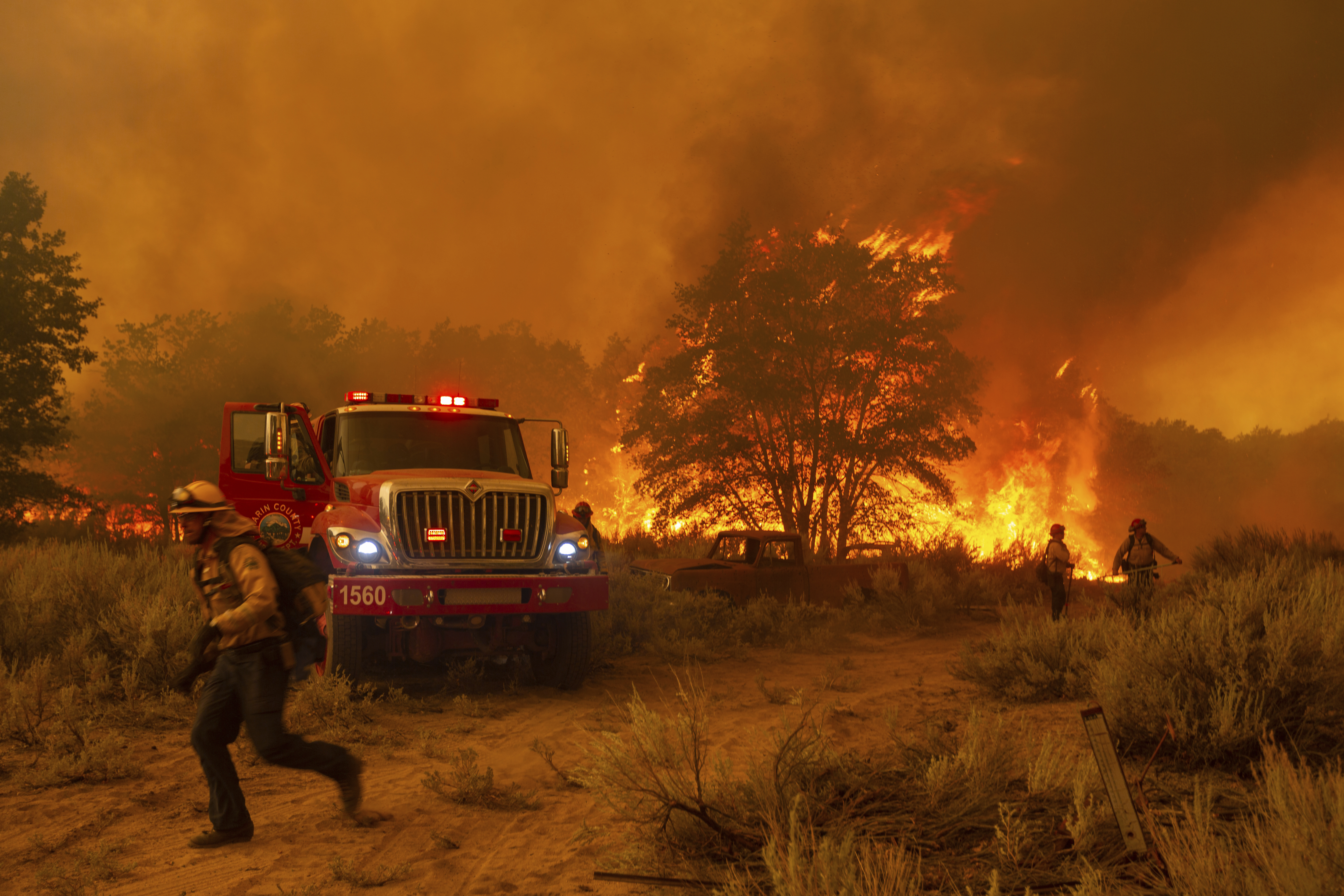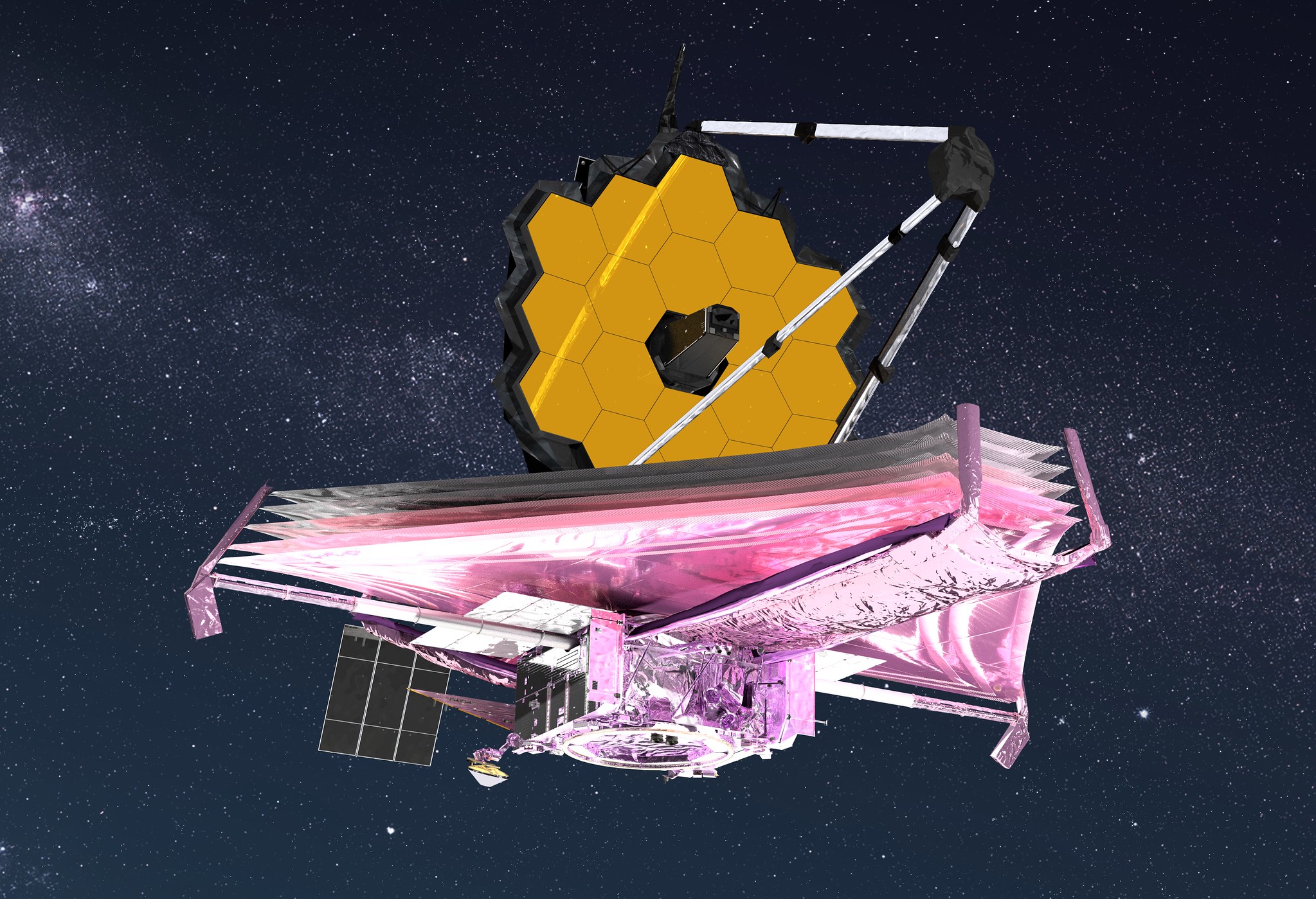Using the Framing Camera (FC) and the Visible and Infrared Spectrometer (VIR) aboard NASA’s Dawn spacecraft, planetary researchers have spotted bright brine residues and organics in the Urvara basin, one of the largest impact structures on the dwarf planet Ceres. The results strengthen the hypothesis that Ceres is and has been a geologically active world even in recent epochs, with salts and organic-rich material playing a major role in its evolution.
At 940 km (584 miles) in diameter, Ceres is the largest object in the main asteroid belt, orbiting the Sun at a mean distance of 2.8 AU.
This dwarf planet is a survivor of the earliest period of Solar System formation and thus detailed knowledge about its interior provides fundamental insights into the formation and evolution of volatile-rich planetary embryos that originated within the protoplanetary disk.
Findings of NASA’s Dawn mission suggest that Ceres’ interior consists of a thin lag deposit (regolith) layer, an icy crust containing an ancient ocean, a relict brine layer at the crust-mantle transition, and a dry lower mantle.
The 170-km- (106-mile) wide Urvara basin is the third-largest impact feature on Ceres.
The impact that formed it about 250 million years ago is thought to have revealed material from depths of up to 50 km (31 miles).
“In general, Urvara’s morphology is consistent with a complex, medium-aged impact crater, exhibiting a preserved ejecta blanket to its west,” said Dr. Andreas Nathues, a researcher at the Max Planck Institute for Solar System Research, and his colleagues.
“The basin exhibits a sharply defined continuous crater wall with vast terraces, caused by post-impact inward slumping, in its south, while a steep single scarp defines the northern and north-eastern rim.”
“The wall shows a significant height variation. The sharpness of the northern wall gradually declines towards the east, allowing it to be overtopped by ‘smooth material’.”
“The origin of this material is important, since it is one of the major geologic units on Ceres, and is younger than the crater.”
In their study, the authors analyzed high-resolution imaging data of the Urvara basin collected by the FC and VIR instruments onboard NASA’s Dawn orbiter.
“Our analysis reveals that different areas of the crater have very different ages,” said Dr. Nico Schmedemann, a researcher with the Institut für Planetologie at the WWU Münster.
“The age difference is up to 100 million years. This suggests that processes were at work that lasted long after the crater was actually formed.”
In the Urvara basin, the researchers detected meter-scale concentrated exposures of bright material (salts) along the crater’s upper central ridge, which originate from an enormous depth, possibly from a deep-seated brine or salt reservoir.
In this resurfaced area, one floor scarp shows a granular flow pattern of bright material, showing spectra consistent with the presence of organic material.
“The origin and formation of organics on Ceres remain interesting open questions that have important implications for the overall geologic history of Ceres as well as potential links to astrobiology and habitability,” said Dr. Guneshwar Thangjam, a researcher in the School of Earth and Planetary Sciences at India’s National Institute of Science Education and Research.
“The organics in Urvara basin differ from the organic rich areas in the northern hemisphere Ernutet crater and will help us to answer these questions.”
“Overall, the Urvara crater presents us with a decidedly complex picture that we do not yet fully understand and that leaves room for two interpretations,” Dr. Nathues said.
“For example, the impact that formed Urvara crater could have transported salts from the interior of the dwarf planet to the surface.”
“However, some evidence suggests that a salty brine was involved instead, rising up from the interior and initiating further processes.”
“Whether the brine reached the surface or merely accumulated just below it is unclear.”
The findings appear in the journal Nature Communications.
_____
A. Nathues et al. 2022. Brine residues and organics in the Urvara basin on Ceres. Nat Commun 13, 927; doi: 10.1038/s41467-022-28570-8
Note: This article have been indexed to our site. We do not claim legitimacy, ownership or copyright of any of the content above. To see the article at original source Click Here














